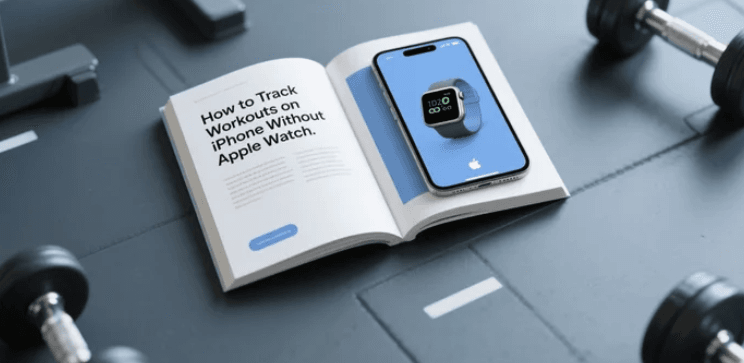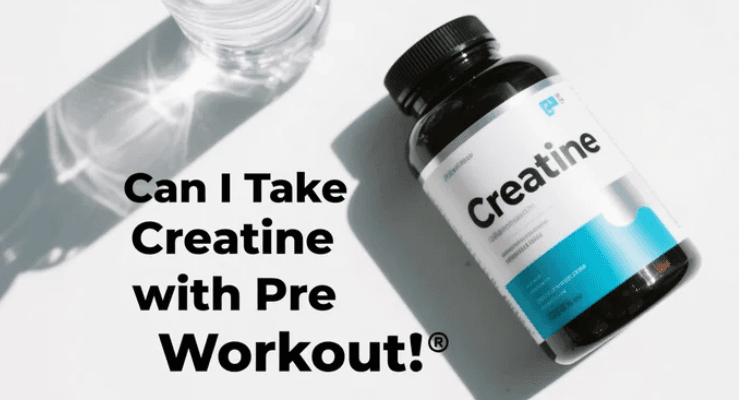How to Track Workouts on iPhone Without Apple Watch: 2025 Guide
Many fitness enthusiasts believe they need an Apple Watch to track workouts effectively, but modern iPhones contain powerful sensors capable of monitoring various exercise metrics. With the right techniques and apps, your iPhone can serve as a comprehensive fitness tracker, recording everything from running routes to heart rate and calories burned.
This guide explores the full potential of iPhone workout tracking, covering:
- The built-in health tracking capabilities of your iPhone
- Top third-party apps that maximize iPhone sensors
- How to measure heart rate without a watch
- Accuracy comparisons between iPhone and wearable tracking
- Advanced techniques for strength training and cardio
Built-in iPhone Fitness Tracking Features
Your iPhone already contains several sensors that can track physical activity:
Motion Coprocessor:
Continuously measures steps, distance, and floors climbed
Works in background with minimal battery impact
Automatically detects some workouts like walking and running
GPS Tracking:
Maps outdoor running, cycling, and hiking routes
Calculates pace and elevation changes
Works with many third-party fitness apps
Health App Integration:
Central repository for all fitness data
Combines information from multiple apps
Provides trends and health insights
Best Third-Party Workout Apps for iPhone
Several apps leverage iPhone sensors to provide watch-like tracking:
BodyWave:
Uses advanced algorithms to estimate heart rate via camera
Tracks strength training through motion analysis
Provides recovery insights and workout recommendations
Syncs seamlessly with Apple Health
Nike Run Club:
GPS tracking for outdoor runs
Audio coaching and challenges
Social features for motivation
Strava:
Popular for cycling and running
Segment tracking and leaderboards
Detailed performance analytics
How to Track Specific Workout Types
Running and Outdoor Cardio:
Enable GPS in your tracking app
Carry phone in armband or waist pack
Use wireless headphones for audio feedback
Pause tracking during breaks
Strength Training:
Select "Functional Strength Training" in apps
Use phone's motion sensors to count reps
Manually log weights between sets
Take progress photos in-app
Indoor Cycling:
Place phone on bike mount
Use accelerometer for cadence estimation
Pair with Bluetooth heart rate monitor
Enable indoor cycling mode in app
Measuring Heart Rate Without a Watch
Your iPhone can estimate heart rate using these methods:
Camera-Based Measurement:
Place finger over rear camera lens
Uses photoplethysmography (PPG) technology
BodyWave provides most accurate readings
Motion-Based Estimation:
Analyzes movement patterns during exercise
Correlates with known heart rate responses
Improves with regular use
External Sensors:
Pair with Bluetooth chest straps
More accurate than optical sensors
Works with most fitness apps
Maximizing Tracking Accuracy
Follow these tips to improve iPhone workout data:
Calibrate your stride length for distance tracking
Enable "Frequent Locations" in Privacy settings
Keep phone in consistent position (pocket/armband)
Update to latest iOS version for sensor improvements
Allow background app refresh for fitness apps
BodyWave enhances accuracy by combining multiple sensor inputs with AI analysis, delivering wearable-quality metrics without additional devices.
Advanced Tracking Techniques
Take your iPhone fitness tracking further with these methods:
Create custom workouts in your preferred app
Set audio cues for pace or heart rate zones
Use Siri shortcuts to start/stop tracking
Export data to spreadsheet for deeper analysis
Compare performance across similar workouts
Battery Optimization for Workout Tracking
Long exercise sessions can drain your battery:
Enable Low Power Mode during workouts
Close unnecessary background apps
Reduce screen brightness
Use airplane mode in areas with poor signal
Carry a portable charger for long sessions
Comparing iPhone Tracking to Wearables
While dedicated fitness trackers offer some advantages, iPhone tracking provides:
Comparable GPS accuracy
Similar step counting reliability
Adequate heart rate estimation for most users
No additional cost if you already own an iPhone
Fewer devices to charge and maintain
Integrating with Apple Health
Maximize your data by:
Allowing apps to write to Apple Health
Setting up proper permissions
Reviewing data sources regularly
Checking for inconsistencies
Exporting data for long-term analysis
Overcoming iPhone Tracking Limitations
Some challenges and solutions:
No water resistance: Use waterproof case for swimming
Bulky for running: Try flip belt or armband
Limited heart rate during movement: Use BodyWave's advanced algorithms
No ECG function: Consider occasional manual pulse checks
Future of iPhone Fitness Tracking
Upcoming iOS features may include:
More accurate motion analysis
Enhanced camera-based health metrics
Deeper Health app integration
Improved battery efficiency
Advanced sleep tracking capabilities
Why Choose BodyWave for iPhone Tracking
BodyWave stands out by providing:
Wearable-level metrics without extra devices
Personalized workout recommendations
Recovery tracking and insights
Seamless Apple Health integration
Continuous improvements through AI
For fitness enthusiasts wanting comprehensive tracking without investing in a smartwatch, BodyWave delivers exceptional value by maximizing your iPhone's capabilities.
Getting Started with iPhone Workout Tracking
Begin your journey with these steps:
Download a quality tracking app like BodyWave
Set up Apple Health permissions
Establish baseline fitness measurements
Create achievable goals
Develop consistent tracking habits
Remember that consistency matters more than perfection when building fitness habits. Your iPhone provides more than enough tracking capability to support meaningful progress.







BodyWave: Invest in Your Well-being!

